Compact Cassette Computer Module
June 10, 2021, 10:45 AM
idea: Compact Casette as computer module form factor. you’ve got input (spool position, recording head), you’ve got output (read head, visual feedback of spool position), you even have the subtle output of second spool tension.
could you build a videocard with these? screen savers? audio visialisers? what kind of computers could accept these modules in a bank of slots?
Pico C60 fantasy console?
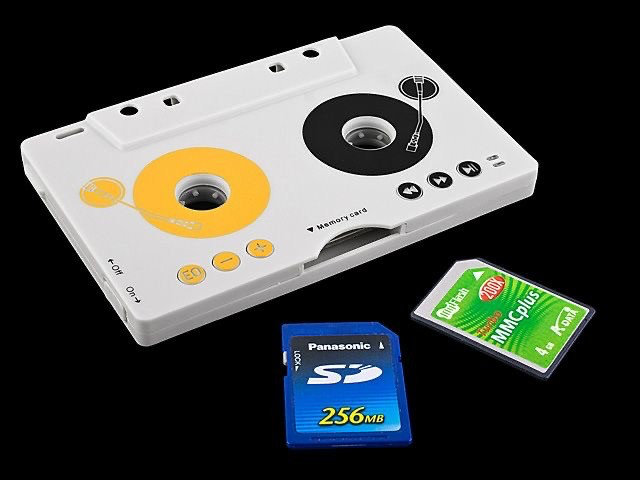
seperately, i had the idea of an NFC or QR code driven audio library system. (not a new idea in itself), but one in which the “cards” are little paper craft machines that fit perfectly in a compact casette mechanism and animate as the spool peg turns to druve them. each album thus becomes a mini animated artwork. ranging from simple album progress indicator to full animals in the circus tape loop madness.
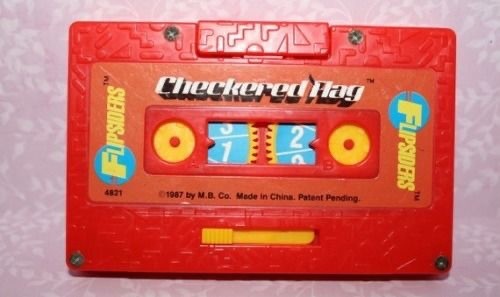
so back to the first idea, a “computer module” is capable of not even having circuitry in it, since valid modules include ordinary audio tapes, or paper craft/plain plastic mechanical objects.
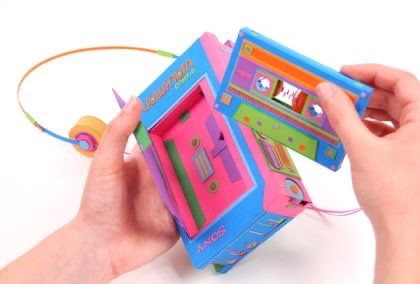
Also, Justin Lakes does these crazy labyrinthine tape loops as art
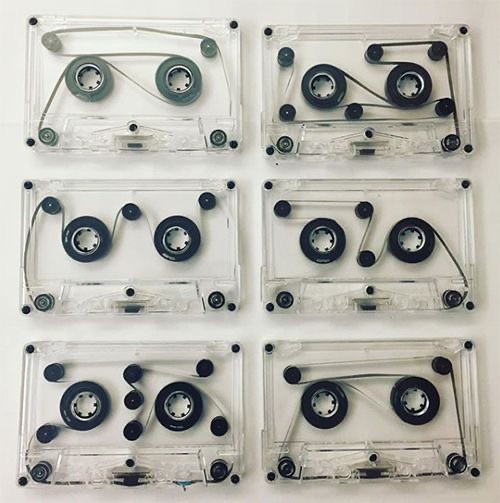
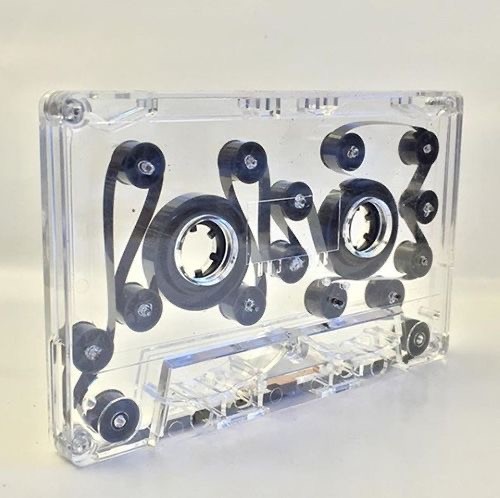
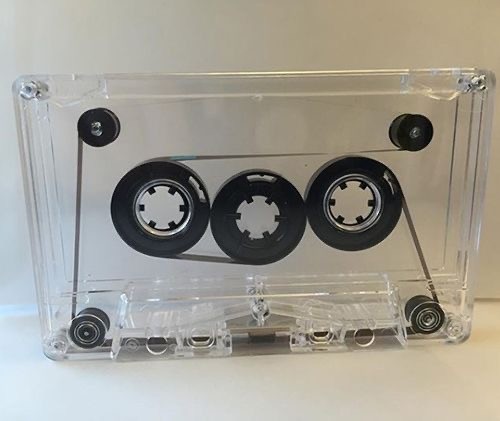
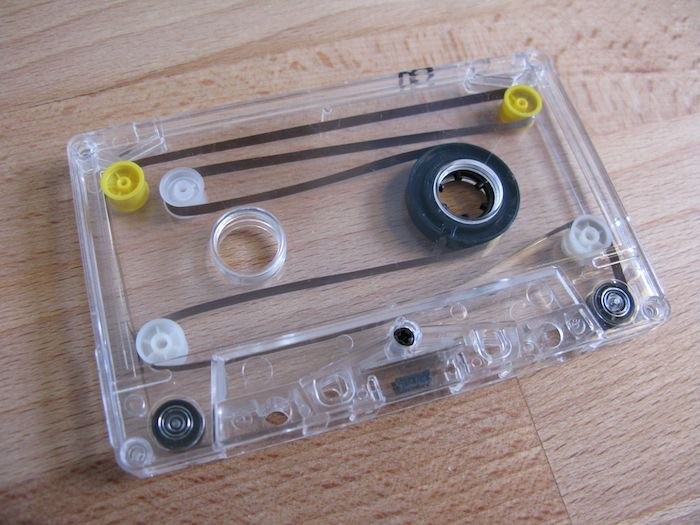
hang on, I kind of remember having one of these? little board games hidden inside casette tape shaped enclosures!? what a thoroughly 1980s idea.
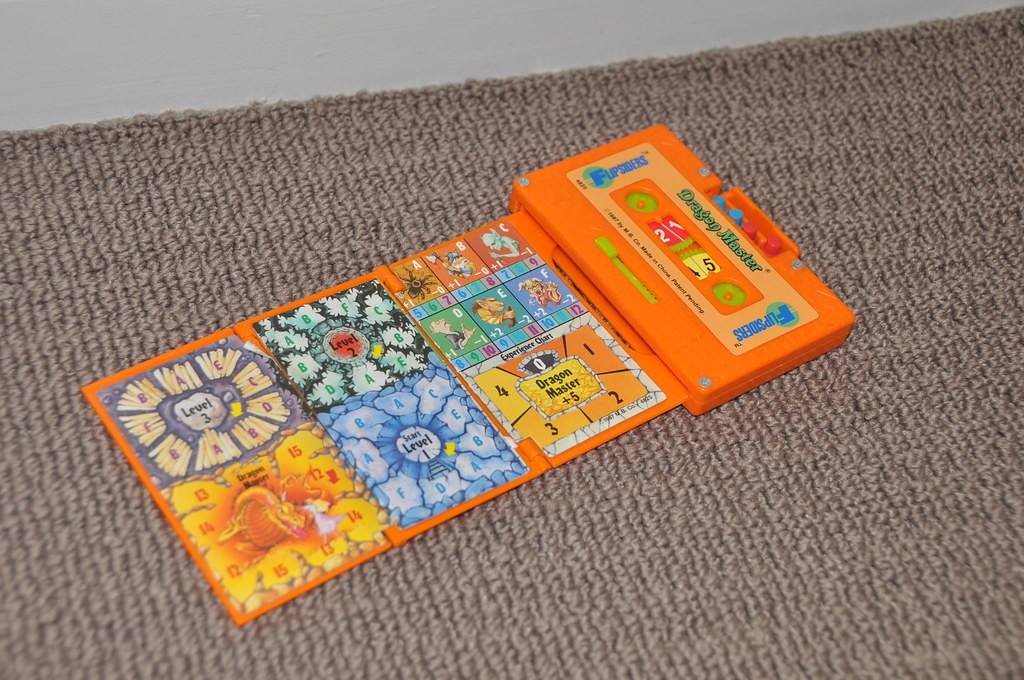
also, if you swallow two of the magnetic game peices in the game, you die in real life!
why on earth? well, as convenient as music streaming and electronic music libraries are, stacks of heterogenous artworks and edge labels are a much better platform for navigation, selection and appreciation- at a certain scale. larger scales than just the stuff you care about and you get a storage issue.
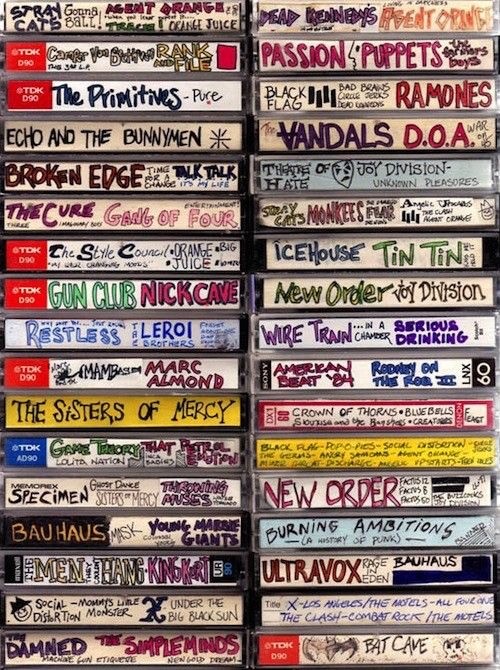
I heard you like casettes so i put a casette in everything
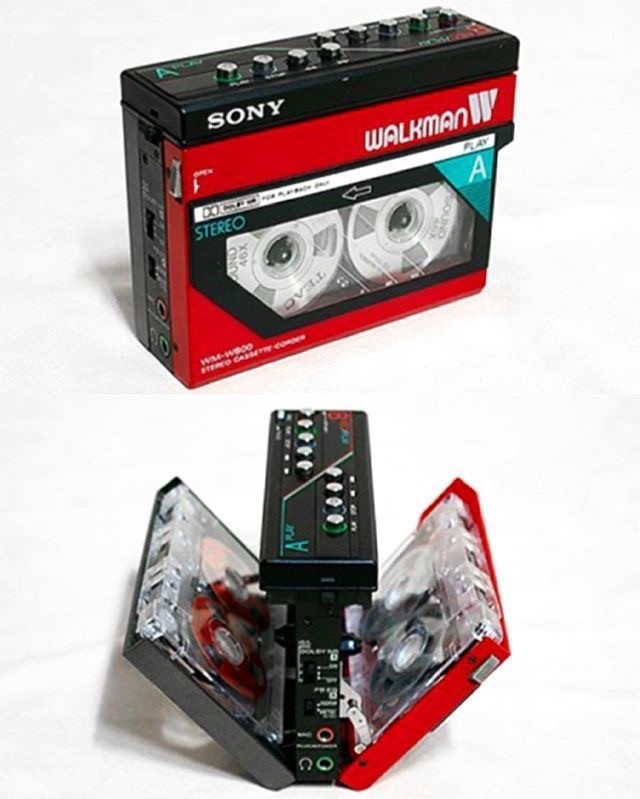
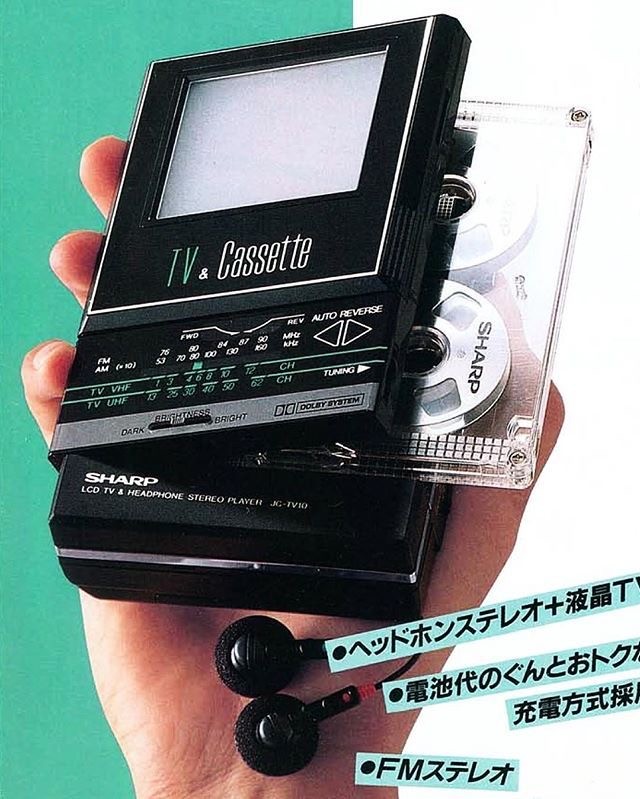
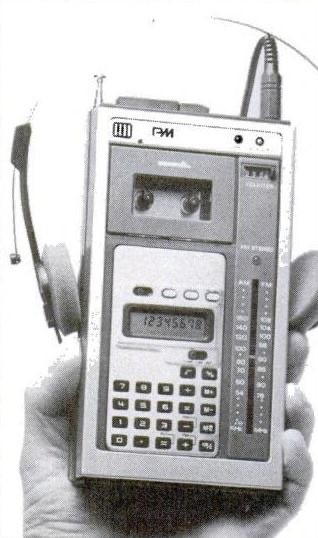
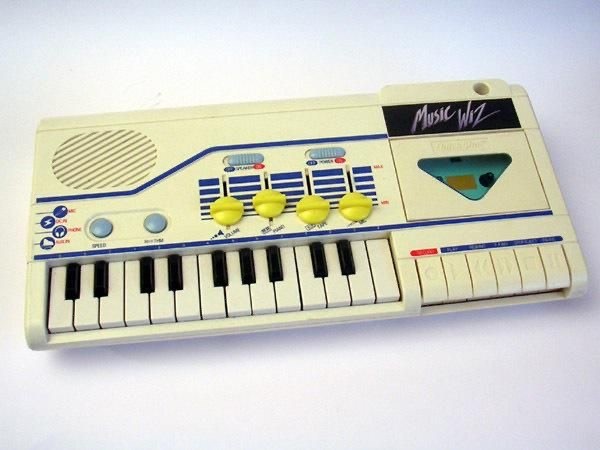
everything
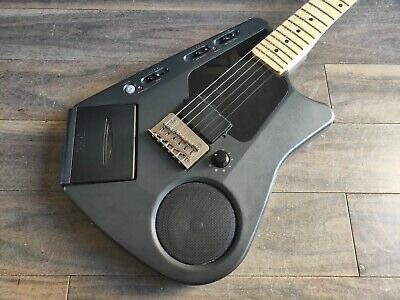
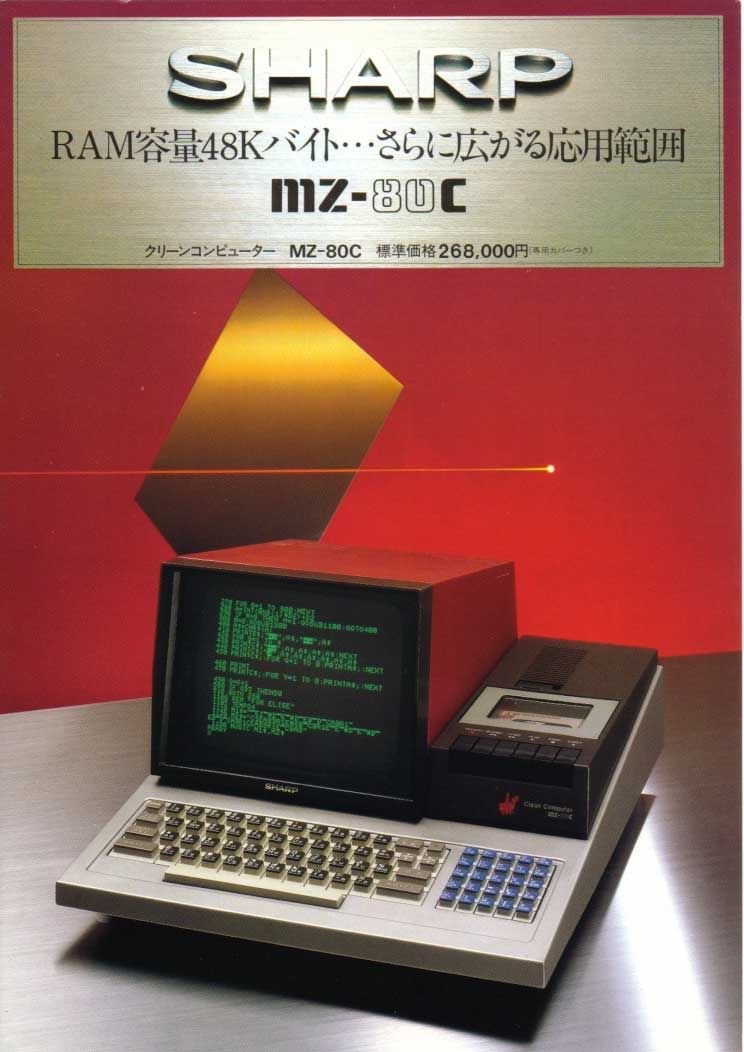
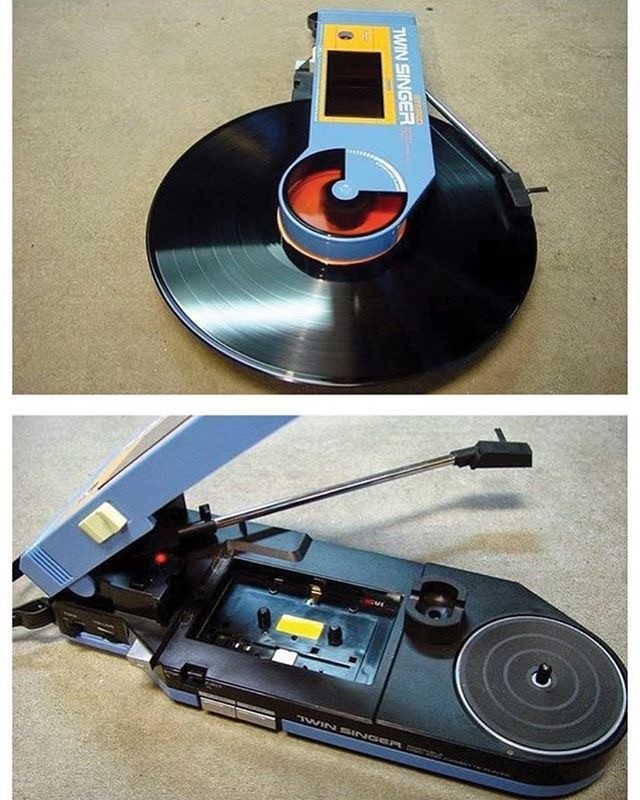
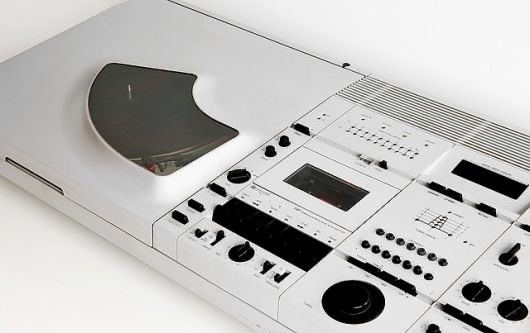
just remembered a few more inputs outputs and affordances for the casette computer module. little things really.
the write protect tab, flipping the tape to side B, but also, tape players have a light sensor that measures the opacity of the tape to detect the end. i wonder, perhaps, that could be expanded to include more metadata than just the end of a tape.
what if you cheated and just stuck 4 conductors on each spool driver? it may be a bit complicated to negotiate pin identity. but the motor can drive a constant contact pressure with the contacts.
where else could you hide sertial comms pins? maybe they’re not pins. maybe you do serial comms over some optical channels? include an lcd shutter or a high speed IRDA module. transmit power over magnetic induction.
since I seem to be on a theme, here’s some cassette shaped transformers. Soundwave just doesn’t have the same conceptual impact in the mp3 age.
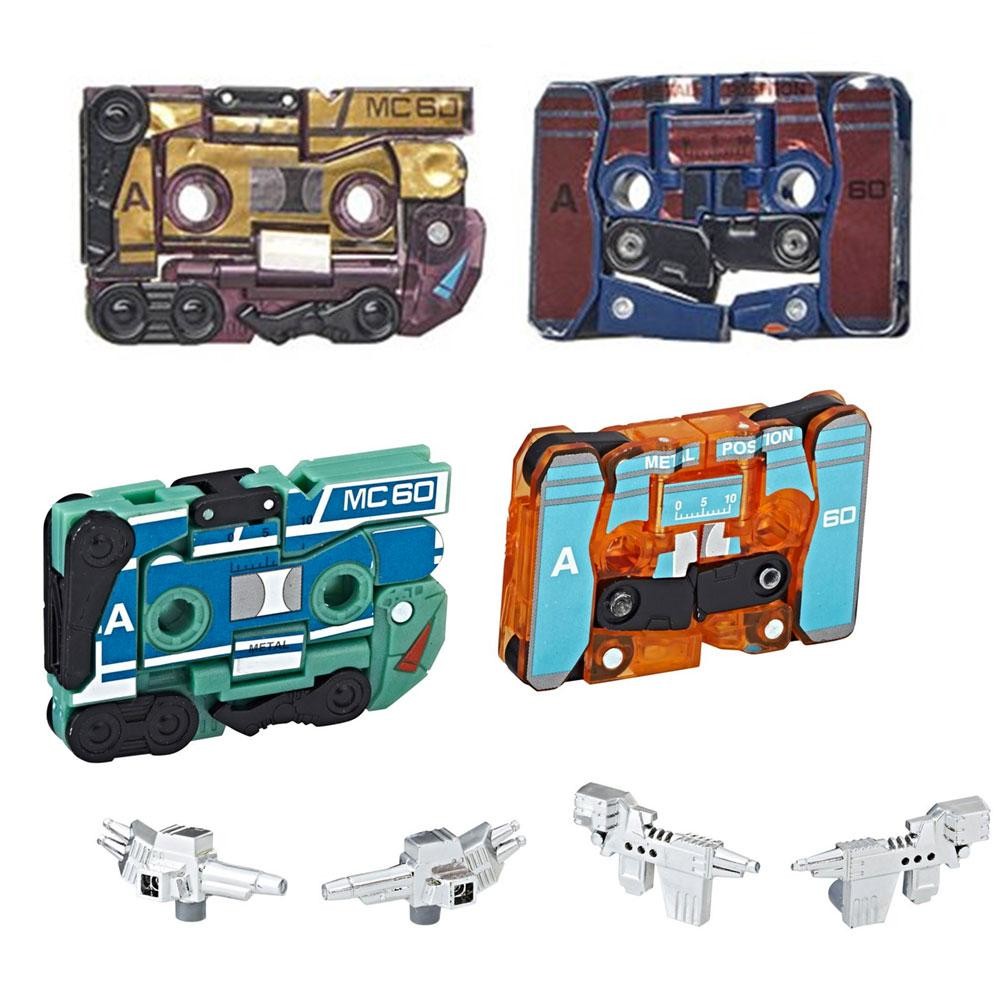
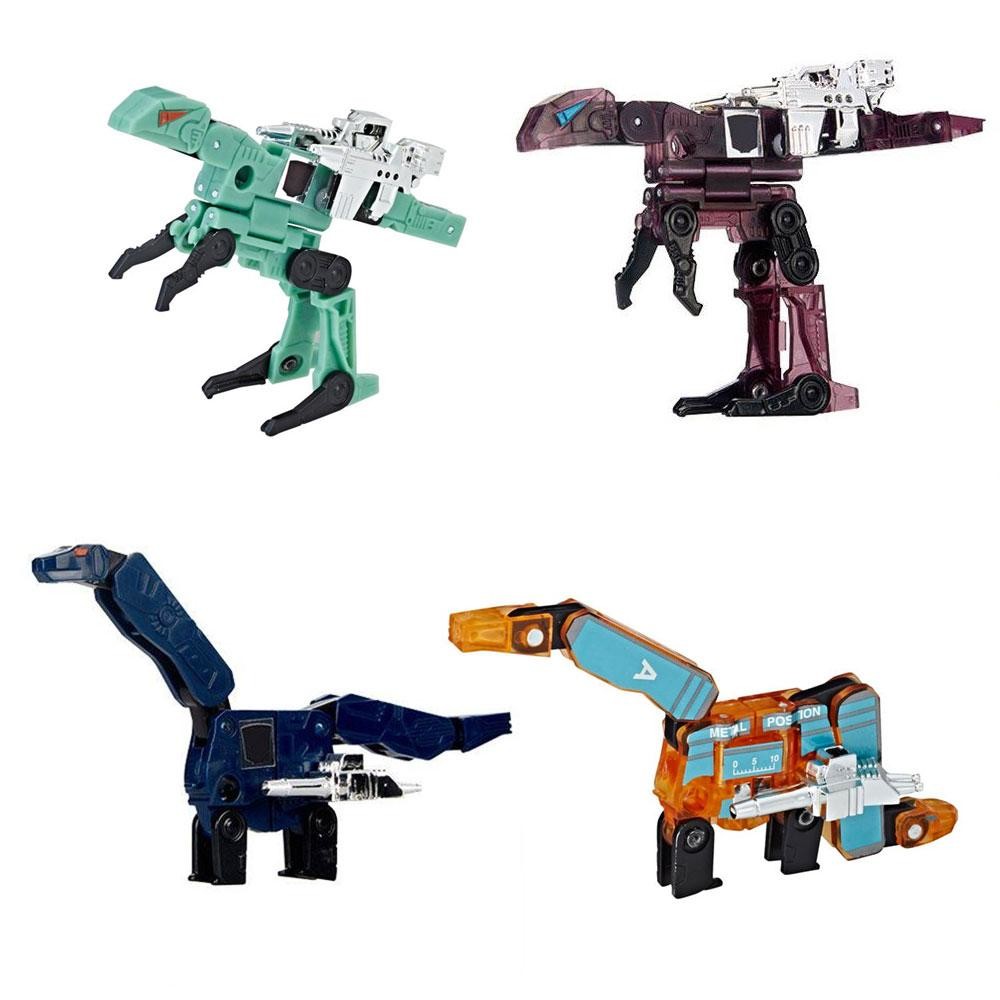
Max Cahill
positive negative tx rx pads on the edge of the “module” could work if it was standardised (uart or whatever)?
Spring loaded gold plated contacts should be fine, works for game carts and usb.
SPI would be a good lowest common denominator. then you have pin compatibility with SD cards, and like hubdreds of raspberry pi and arduino hats.
or, ehg, USB if you want hot swappability and a huge driver hardware and os requirement
but then, tx, rx negotiation over magnetic read/write heads would be way cooler
if you’re using the heads directly for everything then yeah that’d be cool. i was assuming the tape layer was for like, “””bulk””” data transfer and the serial was for metadata, commands, etc
that makes sense
(re: usb being a pain - spi is a similar amount of pain if you are supporting fully generic devices - as it doesn’t really specify any protocol, so much as a way to send bytes - everything is going to need “drivers” in some form)
that’s true. I am just thinking in terms of base level hardware support. spi can work with arduino level devices but somehow USB doesn’t work (except as an adaptor to a uart protocol)
yep, spi or i2c or 5v tolerant uart would be most accessible probably.
youtube.com/watch?v=dMpGGf-YUz
found this too. Back to work for me :)
oh one last note; the raspi has 3v3 uart(s, it has multiple but only some are easy to get at) so you could target that too i guess.
5v vs 3v3 is basically “old easy but crappy tech” or “new hard but better tech” level selection in hobby electronics world; largely 8 bit vs arm divide.
i am familiar but I appreciate the primer.
i suppose casette tapes would be more at home in 5v land. or maybe 12v?
for small electronics 5v is as high as I’d go haha. 12v is common in cars but it’s just a factor of the battery using that voltage. 3v is 2x alkaline batteries, so even an 8 bit game boy pocket or colour is 3v input (and it’s readily available if that’s your expected power source - 3v lithium common too).
Whether the core is running at that depends but it’s nice if you’re thinking of hobbyists to just be able to bung the power input onto your board without doing any conversion.
i get you, but you need one more conductor for that (chip select) - depends a lot on the planned applications as to which flavour of serial makes sense.
You could probably prototype this with a tape deck, donor casette, aluminium foil contacts, wires, and a (microcontroller board/SBC) for both ends fwiw.
Cassettes and Caligo
Apr 22, 2021
I have an image folder that is just tiny cute little icons of cassette tapes and I don’t remember why
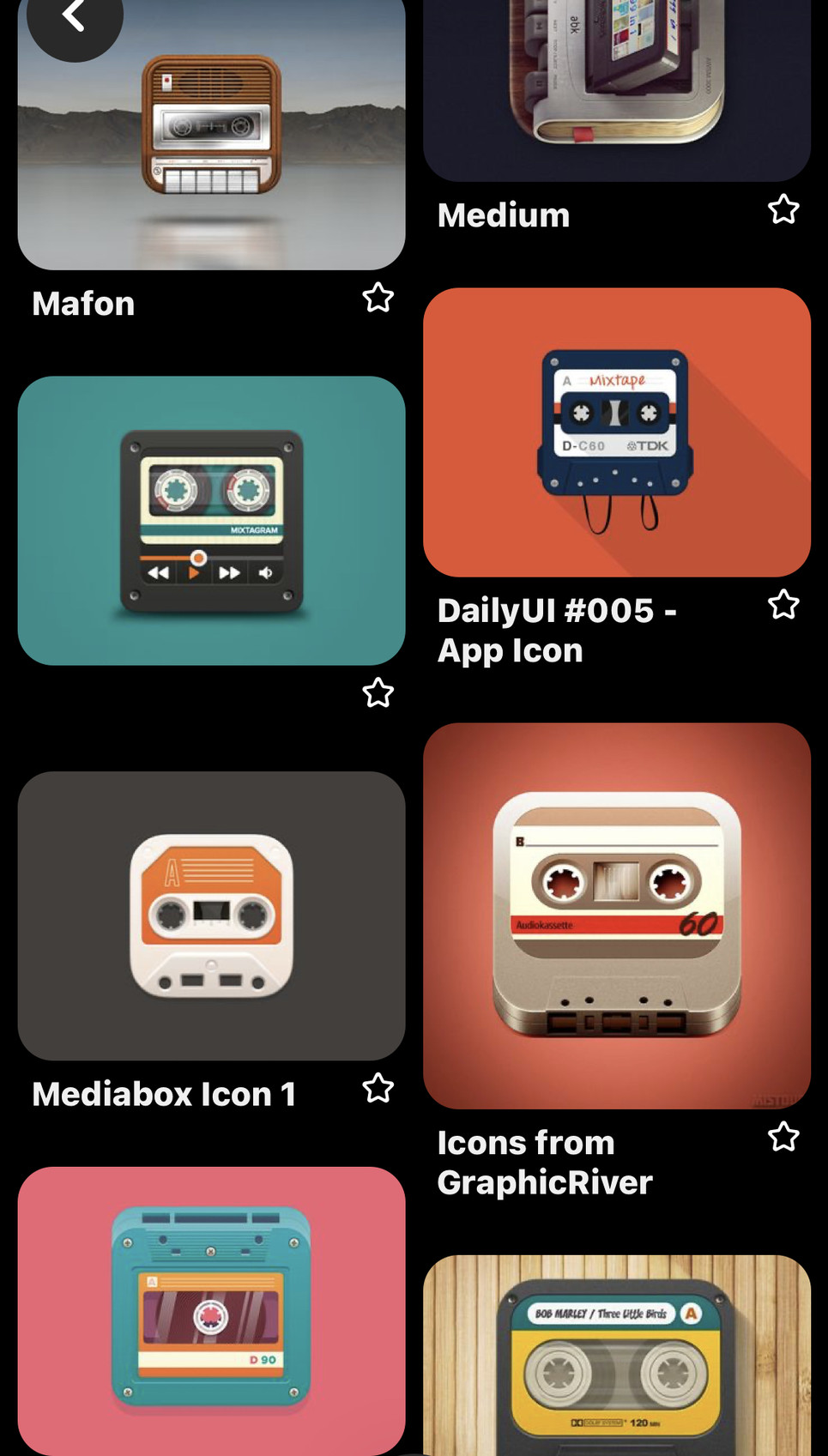
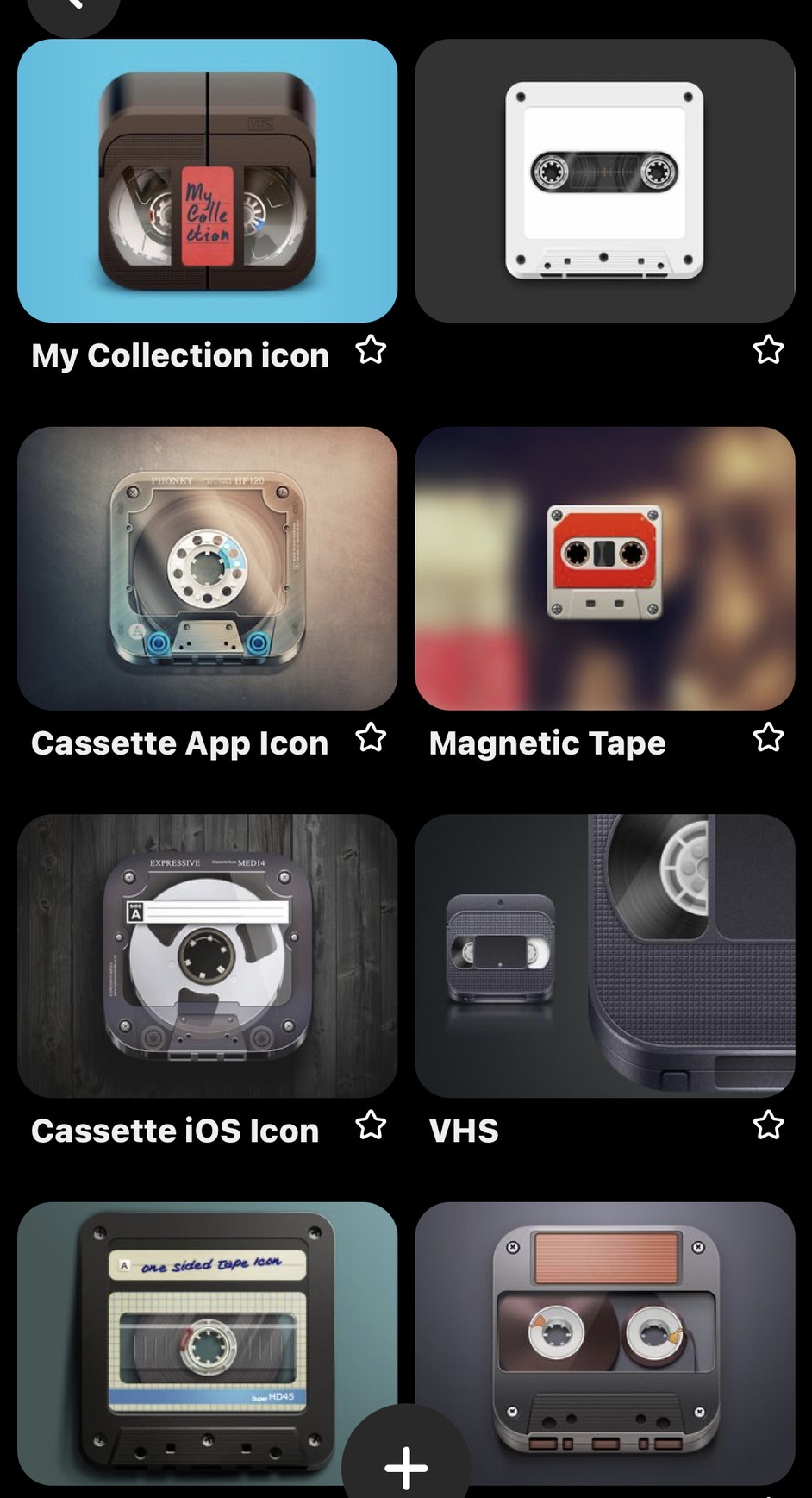
i think the idea was in my dream desktop environment (Caligo) audio files would have a directly interactible sleuomorphic representation- with unique labels and colouring and drawn cases and whatnot. i’ll have to remember to add a page to my Caligo book about this.
[ a conversation ensues with @inscript
what is Caligo? search returns nil
it’s a dream i had in 2003 that i have been trying and mostly failing to articulate in personal notebooks since.
neat. I imagine click+dragging to spool little bits of tape all over the screen, stretching tape loops around desktop icons, etc.. fun
i didn’t, but i am now, that’s perfect
i already had the notion of having yarn and tape to connect different objects conceptually, like in those detective corkboard things. having the audio tape spool automatically available there, with the audio tape appearance is really good- if you see the shiney brown stuff wrapped around something you know there’s audio associated with it.
i did dream the logo and the name as well for Caligo- it’s uhm, i had no idea what Caligo meant, but the logo was sorta like this ghost rider skull, but instead of flames it’s got butterflies pouring out of it. i have not succeeded in drawing this in a way that looks good.
how cool. yeah, didn’t know it was a real word until know. that image really fits.
there’s been a few things that come scarily close to what my vision is, but thankfully nothing has everything. my vaporware is still unique and special
kinopio for instance. when i saw that i was like “oh jeeze, they’re close”
yeah, kinopio is neat. I dig miro for that mind-mappy stuff, but never really thought about multimedia diagrams. may all our dream work environments be fertile with possibility and inspiration. I think phone data trees, trinkets in buckets, small scrolls read through magnifying glasses, canvas bags on hooks, earplugs in wind instruments are all totally untapped computational frameworks.
if you have never played warioware touched, i heartily reccomend it as a rich reference library of touch based interaction.
wow miro looks neat.
i just, well, i mainly don’t feel like i can trust SaaS to keep my data safe
these startups capsize, and my precious notes are trapped on someone else’s server in a proprietary format. not funny.
yeah, I feel exactly the same way. diagrams.net has a cool (if deeper) functionality and they embed their project data into the SVGs, similar to the way Inkscape does it, which I think is brilliant. I work alot with audio, and I would love a DAW that produced wavs that are also their own projects.
i wonder if institutional reliance on SaaS might lead to a pandemic of institutional amnesia
yeah, this hits. one of the issues is that it’s really difficult to even convince an average non-academic non-tech institutionbusiness that proprietary formats are more expensive (timemoney) to store, access, and edit. it’s bad out there, especially if most of those institutions are run by people who think email just appears, etc.. I think in many cases the amnesia will just fuck over the consumer. “account balance? what account balance?”
svg is clever. it’s an interesting approach- if you’re gonna have a custom format make it an extension of a ubiquitous format that is still somewhat useful even after your special thing is gone.
yeah, totally, reminds me of Daphne Oram who was developing very primitive forms of automation/keyframing using control voltage to tape. in theory, you could have a mono track of music and another x tracks of the control data that made the music all on the same tape. I don’t think there’s any reason why tracks 3+4 of a multichannel wav couldn’t contain structured data for arranging the original audio that’s been packed into tracks 5+6 etc